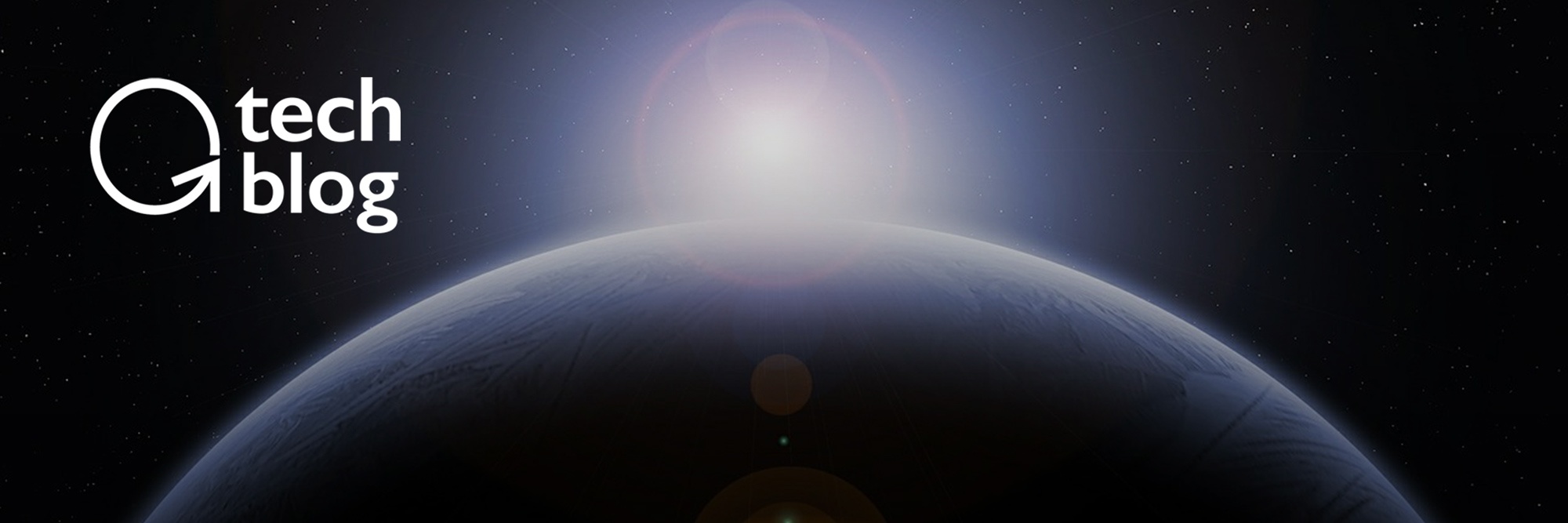
Today, 2.2 billion people lack access to safely managed drinking water.
And waterborne diseases claim 830,000 lives a year, most of them children.
Nearly half the globe already experiences water scarcity at least one month per year. And by 2050, according to the UN, this number could reach up to 5.7 billion people. Yet climate change, our rapidly ballooning population, and consistently poor resource management aren’t helping matters.
The annual World Economic Forum’s Global Risks Report highlights the top threats humanity will face over the next decade. In the 2021 edition, extreme weather and climate action failure were among the highest likelihood risks. In terms of impact, infectious disease, climate action failure, and environmental risks ranked highest.
In this blog, we'll examine how technology is helping us tackle the WEF’s heavily featured specter of water-related crises. But ours is not a techno-utopian argument. Solving our planet’s ecological woes requires technology, for certain, but it also demands one of the largest cooperative efforts in history.
If we can learn to work together like never before, we like our chances. And in light of these recent reports, sooner rather than later.
Let’s dive in.
A MOONSHOT VIA SLINGSHOT
Dean Kamen is a kind of geek superhero, a nerd Batman in a denim work shirt.
For starters, he lives in a secret lair—an island fortress complete with hidden rooms, helicopter launchpads, and after peacefully seceding from the United States, its own constitution. His resume includes over 1,000 different patents, including insulin pumps, robotic prosthetics, and all-terrain wheelchairs.
Because so many of his inventions have had such an impact, in 2000, President Bill Clinton awarded Kamen the highest honor awarded to inventors, the National Medal of Technology.
To turn the tide of water scarcity, however, Kamen designed the Slingshot, a vapor compression distillation system powered by a Stirling engine—or, a water purifier the size of a mini-fridge capable of running off any combustible fuel source, including dried cow dung.
Using less electricity than required to power a hair dryer, the Slingshot can purify water from any source: polluted groundwater, saltwater, sewage, urine, take your pick. One machine provides clean drinking water for three hundred people a day; a hundred thousand machines—now that’s the kind of cooperative effort we’re talking about.
Back in 2012, the Slingshot had just completed a round of beta testing, successfully providing a couple months of clean drinking water to a number of remote African villages.
Simultaneously, Kamen had just made a handshake deal with Coca-Cola. The inventor agreed to build the soft drink behemoth a better soda fountain, and in return, Coke agreed to use their global distribution network to get the Slingshot into water-starved countries.
Both kept their word. Kamen helped design the “Freestyle Fountain Beverage Dispenser,” which uses “micro-dose technology” to mix over 150 different beverages on demand (talk about choice paralysis).
Coca-Cola, meanwhile, teamed up with ten other international organizations and began distributing the Slingshot in 2013, a core feature of their “Ekocenter” kiosks.
Part general store and part community center, Ekocenters are solar-powered shipping containers that provide remote, low-income communities with safe drinking water, internet access, non-perishables (like mosquito repellant), first-aid supplies, and, of course, Coca-Cola products for sale.
By 2017, there were 150 Ekocenters operating in eight countries, most of them run sustainably, by local female entrepreneurs, distributing 78.1 million liters of safe drinking water a year— not bad for a handshake deal.
Yet the Slingshot is not the only deal in town.
A NEW BALLGAME
Technology has begun converging on our water woes, with thousands of players working on an enormous range of approaches.
There are high-tech nanotechnology-infused desalination plants and medium-tech solar-powered groundwater pumps and low-tech fog capture methods.
To offer another example, Kamen’s Slingshot even has competition from the Bill Gates-backed Omni Processor, which turns human feces into potable drinking water, while simultaneously producing electricity for power, and ash for fertilizer.
There’s also California-based Skysource, winner of the $1.5 million Water Abundance XPRIZE, whose technology extracts two thousand liters of water per day from the atmosphere—or enough for two hundred people.
Relying on renewable energy for its drinkable water output, Skysource achieves its daily production at a cost of no more than 2 cents per liter.
As daily water needs for a planet of nearly 8 billion stand around 15 billion gallons a day, using technologies like Skysource to tap the more than 12 quadrillion gallons contained in the atmosphere at any one time might be the only way to quench that thirst.
Or consider the “smart grid for water,” which is what happens when exponential technologies converge on the farm. The smart grid allows for everything from precise soil monitoring and crop watering to the early detection of insects and disease. Estimates vary, but most studies find the smart grid capable of saving us trillions of gallons a year—which is the point.
We’re not lacking in technological know-how. We are water-wise, but execution-dumb, attacking a biosphere-wide problem with a piecemeal approach.
CONCLUSION
Yet this is also the typical developmental curve for exponentials.
Water technologies are moving out of the deceptive and into the disruptive phase, stitching these piecemeal efforts together into the global solutions we actually need.
One reason we can say this with confidence is that water technologies appear to be about five years behind energy technologies, which—as we’ll soon see—are scaling up into a worldwide force for tackling the range of our ecological woes.
JOIN MY ABUNDANCE 360 COMMUNITY
If you want to understand how to use converging exponential technologies to help create a world of abundance, then consider joining my Abundance 360 Community.
Every year, my team and I select a group of 360 entrepreneurs and CEOs to coach over the course of a year-long program. A360 members participate in an annual Summit, quarterly Implementation Workshops, and Monthly Webinars. You can join at any time for a full year’s worth of personal coaching.
My mission is to help A360 members obtain mastery in four specific Mindsets: an Abundance Mindset; an Exponential Mindset; a Moonshot Mindset (through their MTP); and a Longevity Mindset. Together we will actively select and reinforce your preferred Mindsets.







